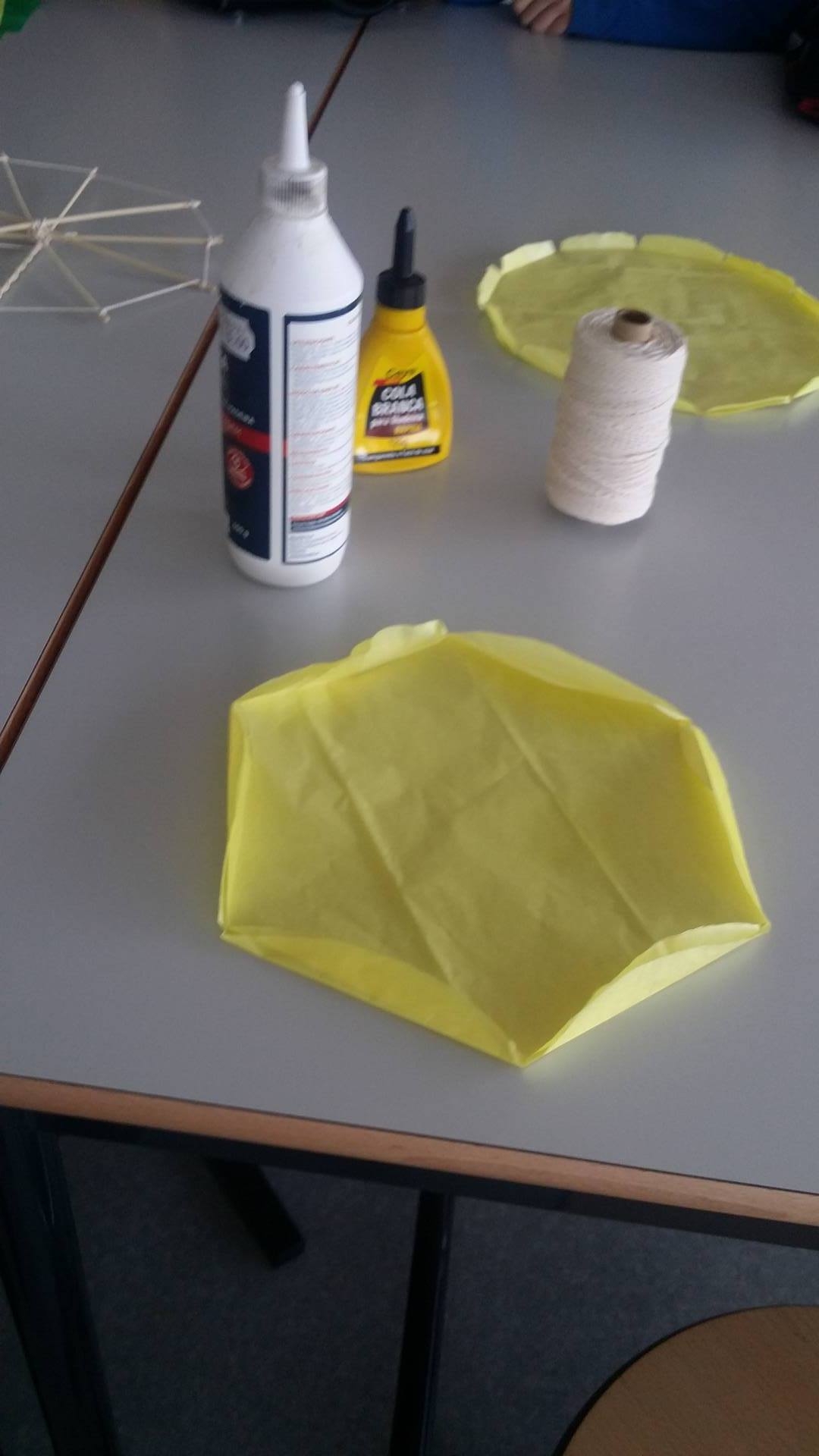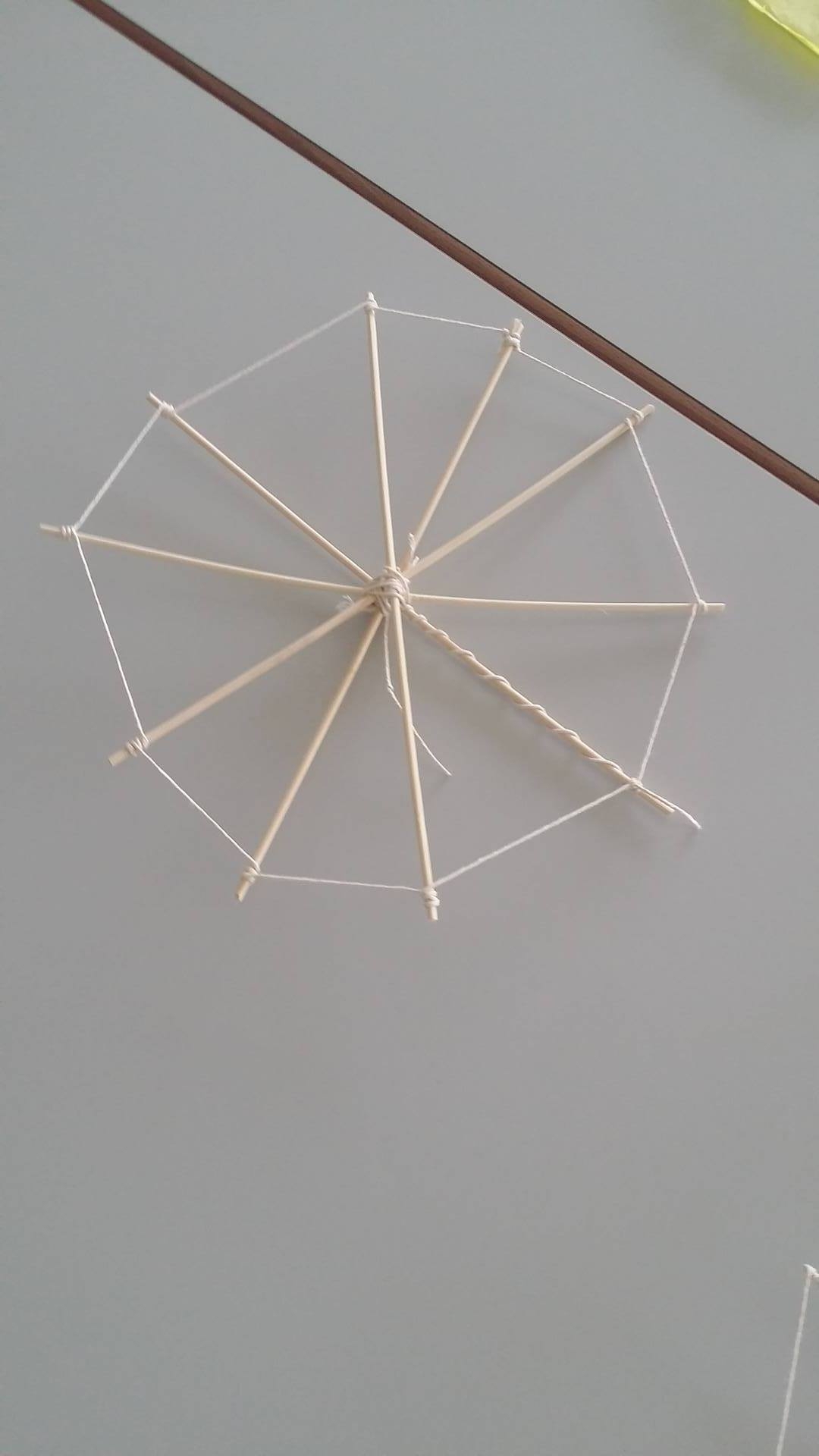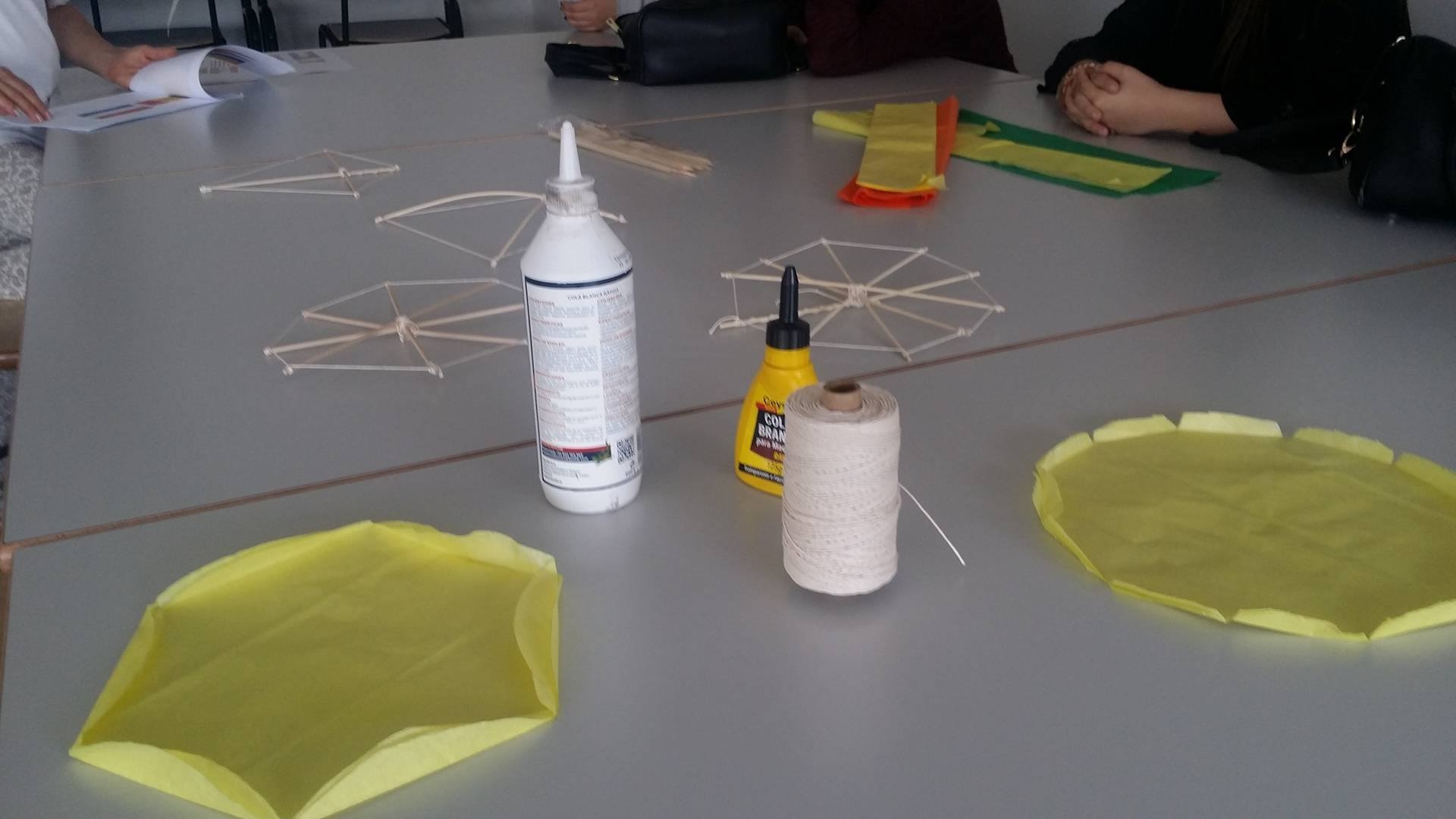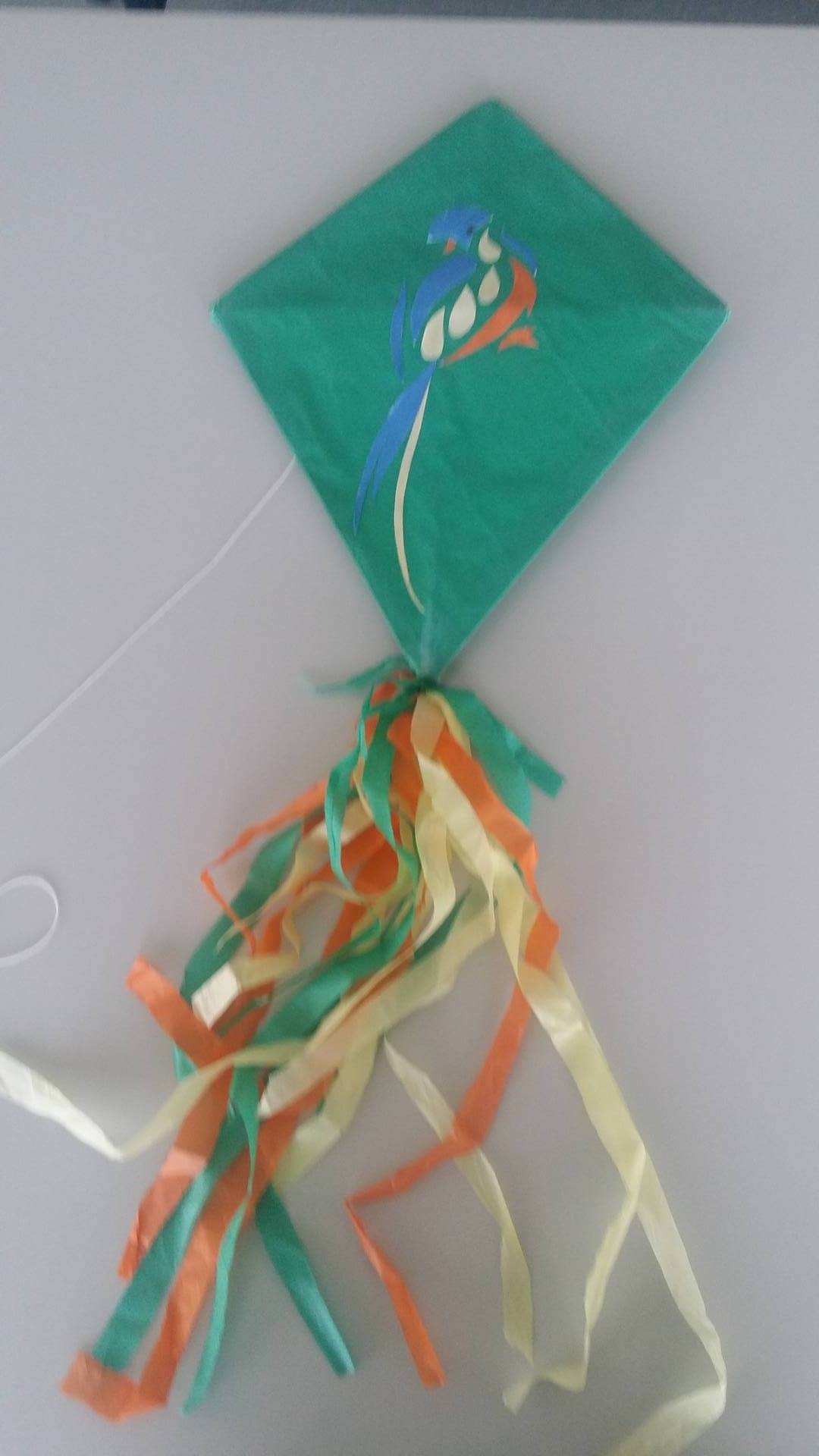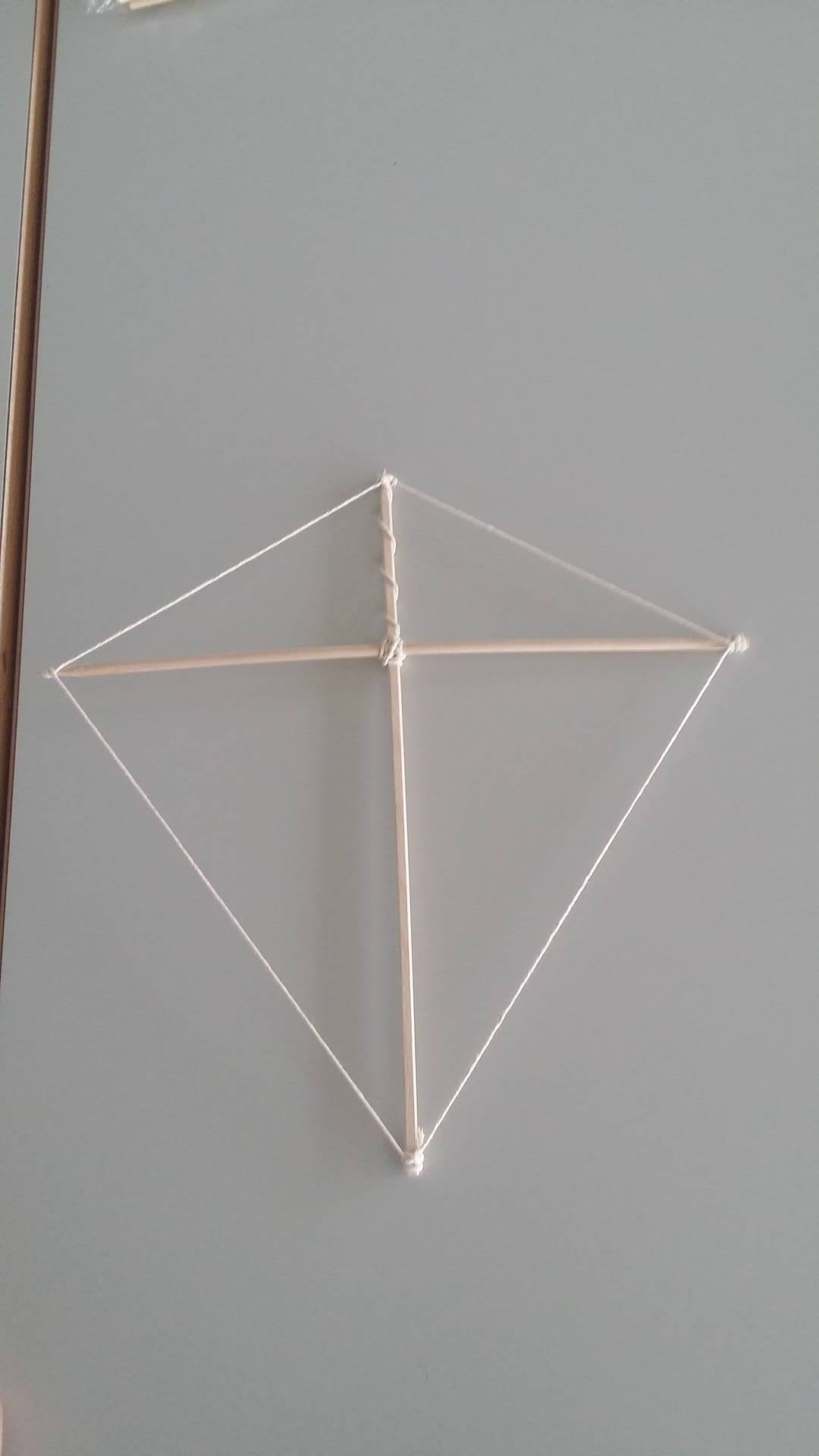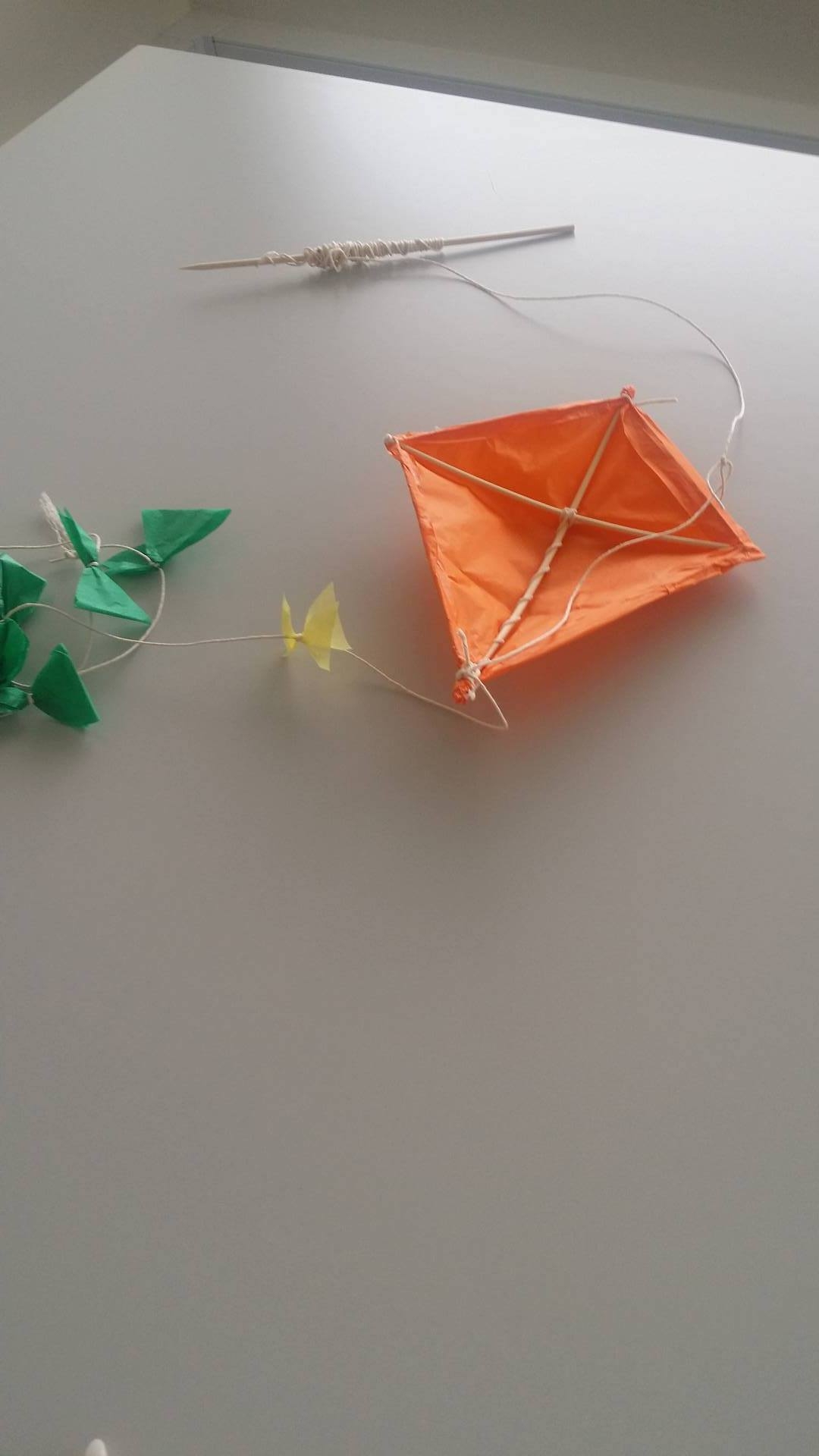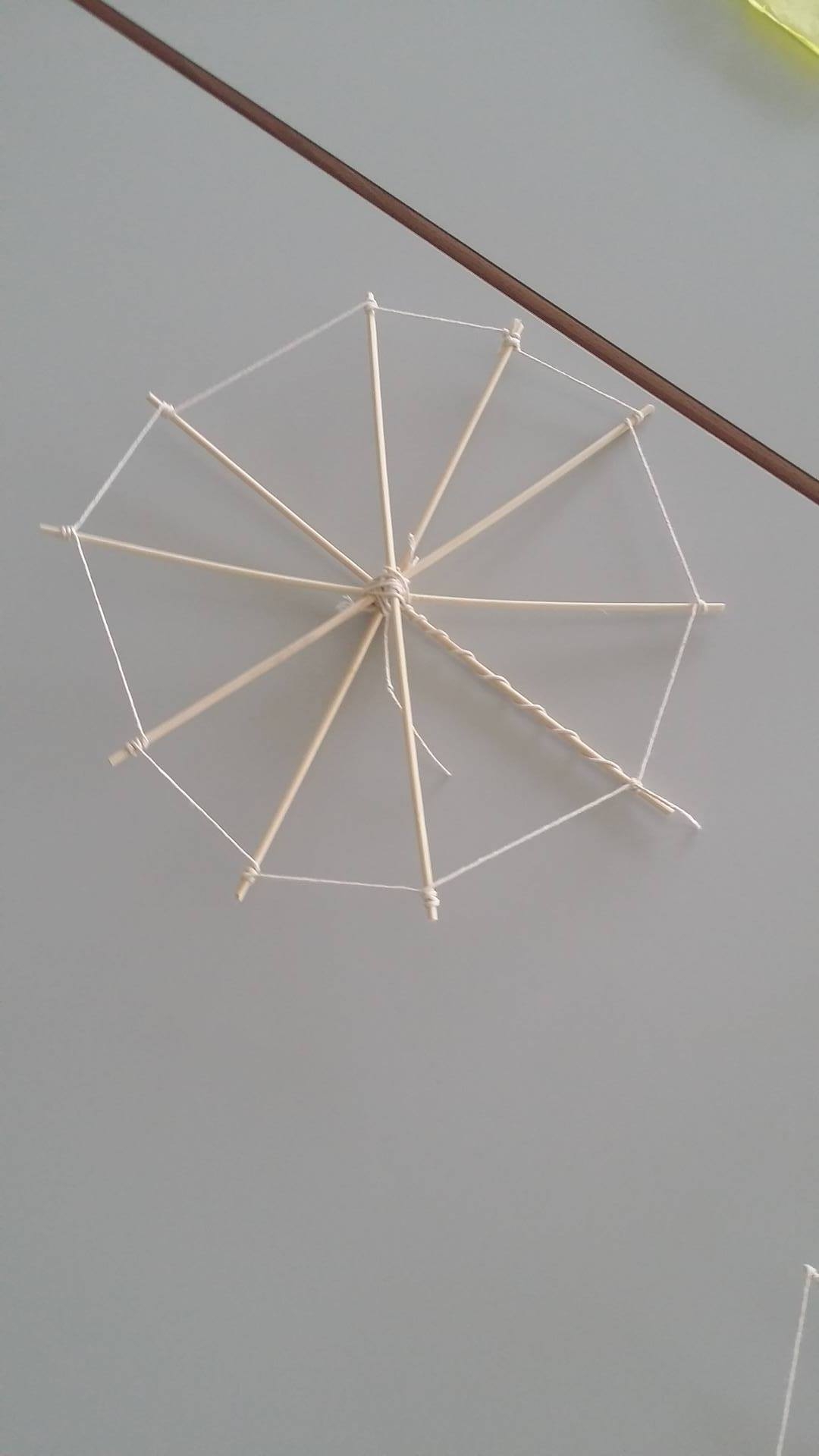This is the introductory page to the section about the kite and the geometry hidden behind this item which carries a cultural and symbolic significance for many peoples around the world. The images that follow depict kites that the students created themselves after watching a video presentation about the geometric construction of kites created by Greek students.
The tradition of the kite in Greece
When the Carnival season (Apokries in Greek) comes to an end, the Greeks across the country celebrate the last days of meat, oil, egg and fish consumption before the Greek Orthodox 40-day Lent Season that leads to Easter.
These celebrations lead up to Ash Monday (Kathara Deftera), the first day of the Greek Orthodox Lent. The common term for this day, Ash Monday, refers to the leaving behind of sinful attitudes. Ash Monday, also known as koulouma, is a public holiday in Greece, celebrated with outdoor excursions, the consumption of shellfish and other fasting foods, a special kind of bread, baked only on that day, named lagana, and the widespread custom of flying kites.
In the past, children used to design and make their kites by themselves. As a part of our tradition, the custom of flying a kite takes place every year in our country. Today, this tradition has turned into business. More specifically, people sell kites every year because nowadays no one can create a kite on their own.
The meaning behind the kite custom remains unclear to this day. Some claim it has Asian origins and was passed on to the west over the centuries. People would write wishes on their kites and fly them as high as possible so that the gods could answer them. Others suggest that ancient Greek mathematician Archytas of Tarentum (440-360 BC) was the first to design and use a kite in his aerodynamics experiments, and there is evidence from pottery dating back to the classical period showing a young woman holding a kite.
Some pictures about the Kite construction at Escola Secundária de Loulé:
